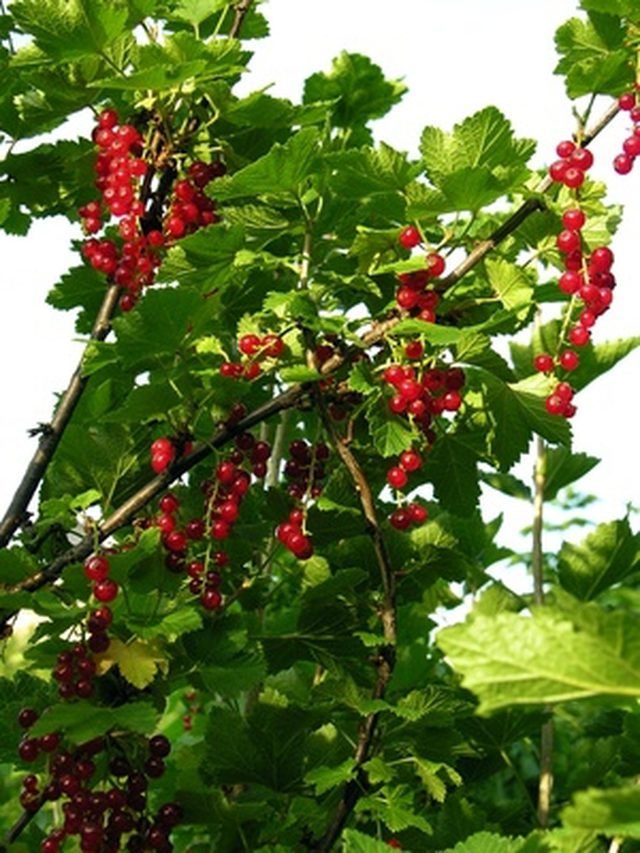Bulbs
Flower Basics
Flower Beds & Specialty Gardens
Flower Garden
Garden Furniture
Garden Gnomes
Garden Seeds
Garden Sheds
Garden Statues
Garden Tools & Supplies
Gardening Basics
Green & Organic
Groundcovers & Vines
Growing Annuals
Growing Basil
Growing Beans
Growing Berries
Growing Blueberries
Growing Cactus
Growing Corn
Growing Cotton
Growing Edibles
Growing Flowers
Growing Garlic
Growing Grapes
Growing Grass
Growing Herbs
Growing Jasmine
Growing Mint
Growing Mushrooms
Orchids
Growing Peanuts
Growing Perennials
Growing Plants
Growing Rosemary
Growing Roses
Growing Strawberries
Growing Sunflowers
Growing Thyme
Growing Tomatoes
Growing Tulips
Growing Vegetables
Herb Basics
Herb Garden
Indoor Growing
Landscaping Basics
Landscaping Patios
Landscaping Plants
Landscaping Shrubs
Landscaping Trees
Landscaping Walks & Pathways
Lawn Basics
Lawn Maintenance
Lawn Mowers
Lawn Ornaments
Lawn Planting
Lawn Tools
Outdoor Growing
Overall Landscape Planning
Pests, Weeds & Problems
Plant Basics
Rock Garden
Rose Garden
Shrubs
Soil
Specialty Gardens
Trees
Vegetable Garden
Yard Maintenance
How to Identify Wild Currant Shrubs
How to Identify Wild Currant Shrubs. Wild currants are closely related to gooseberries. Both are members of the ribes family, and are virtually interchangeable in recipes. Currants come in red, black, and gold colors when ripe. The shrubs have several identifying features, including smell, shape, height, clustering pattern, flowers, and leaf...

Wild currants are closely related to gooseberries. Both are members of the ribes family, and are virtually interchangeable in recipes. Currants come in red, black, and gold colors when ripe. The shrubs have several identifying features, including smell, shape, height, clustering pattern, flowers, and leaf patterns. The time of year may also play an important role in successful identification of currants. North America is host to more than 80 varieties.
Look at the shrub you suspect is a currant shrub. Notice its size. Currants are typically between 3 and 8 feet in height.
Note the patterns of the leaves on the shrub. Observe whether the shape resembles a maple leaf, with visible veins that look like a hand with outstretched fingers. If so, it may be a currant.
Break a twig or leaf from the shrub and smell it. Most (but not all) currant shrubs smell slightly skunky.
Observe the berry clusters. Currants grow in long clusters of five or more berries each, with shriveled flowers that dangle from the ends. Flowers may be one of several colors, including white, yellow or dark red.
Check the color and striping pattern of the berries. Most currants have visible stripes up and down the length of each berry, and are red, black or gold in color. Berries that have not ripened are green.
Consider the time of year. Currants are usually ready for picking in the early fall season throughout North America. Only plan to harvest currants for eating and cooking at this time.
Tips & Warnings
Currant flowers vary in shape as well as color. Some may be pendulous and look like bells, whereas others may be wider, like small plates. In May and June, the flowers will be in various stages of bloom. No fruit will be present at this time. Once the flowers have been pollinated, the currant fruits will begin to grow.
Currant shrubs do not have thorns.